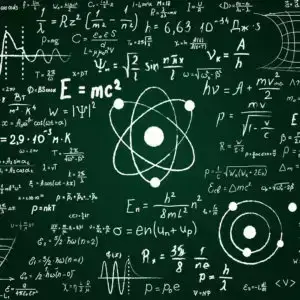Their findings, published in the Journal of Holography Applications in Physics, go beyond simply suggesting that we’re not living in a simulated world like The Matrix. They prove something far more profound: the universe is built on a type of understanding that exists beyond the reach of any algorithm.



Thanks for responding! I never meant to claim that I am right. The whole purpose I am engaged in here is that I do not understand the proof at all and am trying to understand it better.
Here is where F_QG is introduced in the proof:
Is this not just saying that it is the existing theories (string theory, LQG, etc.) that are assuming gravity takes the form of a formal computational system? And so, F_QG as it is defined above is how any formal computational system is logically constructed, as in it has to have those three components in order to logically be a formal computational system?
I am not a logician and do not understand what a first-order language is, or closed sentences or all those logic terms in the definition of notation. However, is F_QG in this case not just logically how any theory would need to be constructed in order to logically be a formal computational system? Is there an assumption being made here with regard to those three components in how formal systems are logically constructed?
You’re missing the initial step.
Both OP commenter and myself take umbrage with #1 (if I can speak for them; they make disagree with me). I assume that if we trace the sources for the letter that we’ll see the reasons we’re able to make all of these logical leaps using other results in the field that come out of these proposals. I also assume that, if one of these systems is the foundation for a fully consistent theory of quantum gravity, then its conclusions are valid. This paper doesn’t address that initial assumption though so things like the article summarizing it are begging the question.
There are many situations where we just have to agree to assume. If you read 14 and 36, you’ll find some of the core assumptions that go into this letter (both interesting ideas and the same authors so you can understand why they’d continue). An assumption Faisal makes is the rejection of objective observability which is one of those things you either believe or don’t believe. It’s analogous to the axiom of choice in that it could be contested but could be generally accepted.